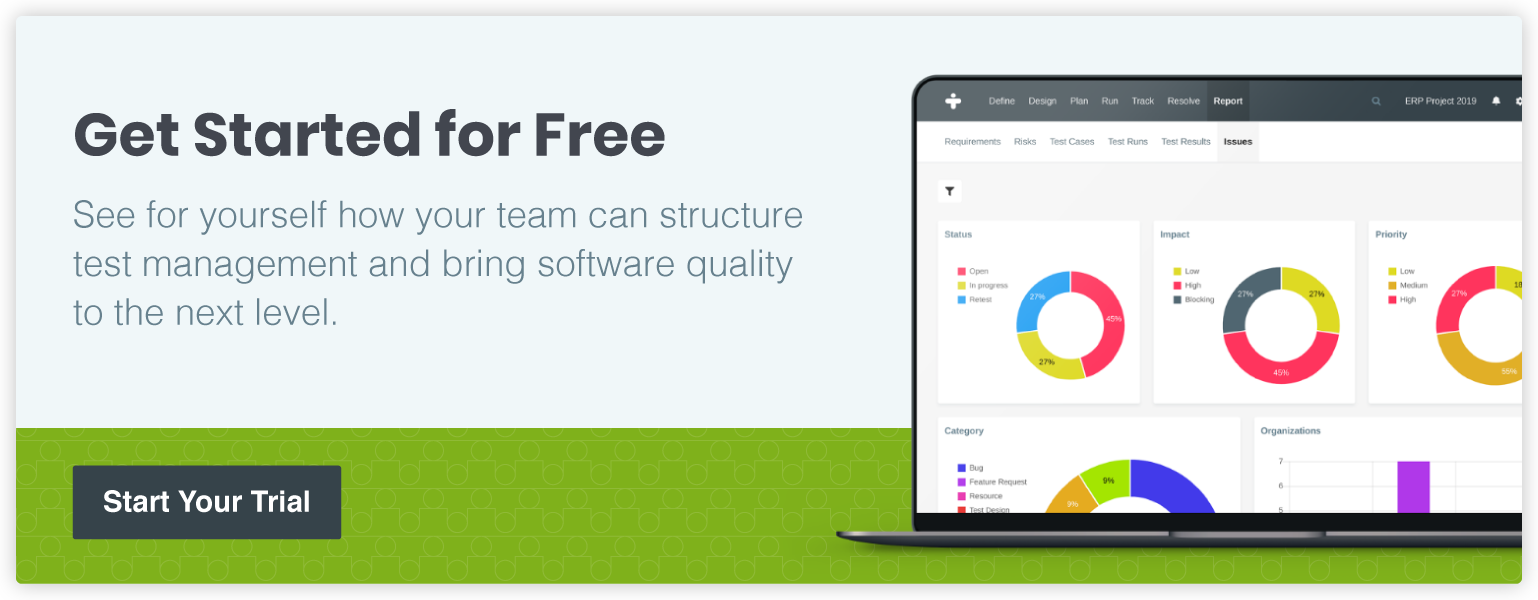Optimizing Scrum: Improve Your Team’s Efficiency
The scrum methodology or framework breaks big problems or projects into smaller, more manageable parts. As teams produce pieces of the larger solution, they can immediately evaluate, test, and tweak, then move on to the next part.
This is different from the more traditional software development methodology, known as waterfall. Instead of waiting until the end of the software development lifecycle to handle software testing, teams can iterate through each part and make adjustments along the way.
However, even the scrum methodology can have hurdles if it is implemented incorrectly or teams fail to avoid common pitfalls.
If you are looking to streamline or smooth out bumps in your scrum approach, here are some ways to fix common hang-ups and tips on maintaining your team’s efficiency and productivity.
Difficulty Capturing Defects
With so much focus on meeting timelines, budgets, and sprint goals, determining the tools your testers need to efficiently record the results of their tests is often an afterthought.
This can then have a trickle-down effect, making it harder for your team to make fixes as sprints continue back to back.
Our recommendation is to give your testers the tools they need to conduct precise test case execution and capture the specifics of what went wrong with a test management platform made specifically for software development.
Lack of Structured Testing
Once your team knows what to do and when to do it, they are off to the races.
Unfortunately, the agile methodology often lacks guidelines and structure, especially for end-user testing. For example, a great deal of administrative work is required to establish test cases, and Agile development is far too fast to make time for it.
Reduce the burden on your quality assurance (QA) and testing teams and increase the structure and consistency of testing by taking advantage of preconfigured templates, test cases, reports, and dashboards.
No Integration of Feedback into Future Sprints
Before and after a sprint, your team members need to know what still needs work and what is dropping off to the backlog, including any leftover issues from development or testing.
Ensure that your team has the information they need as they enter, continue, and wrap up sprints so they can focus on the work that matters the most.
TestMonitor makes this process easy for testing managers by allowing them to create dashboards, facilitate communications, and link tasks, test cases, and defects back to original requirements with just a few clicks.
Wasted Motion
Tired of managing multiple spreadsheets, juggling emails and text messages, and manually importing and exporting data from system to system?
Do away with this inefficiency by using a platform with built-in integrations, powerful communications, automated notifications, and other collaboration tools. With these tools, you can simplify risk and issue tracking, comment on the status of tasks, and coordinate with the larger scrum team to keep work on track.
For example, TestMonitor can easily integrate with Slack, Jira, and Azure DevOps, helping developers coordinate information.
Lack of Insight into Your Current State
Regular status updates are a necessary part of managing an agile project, but they don’t have to be a chore.
Stop manually updating status documents by leveraging the power of dashboards and reports built into modern test management platforms.
This built-in functionality makes it easy to capture all the necessary details, including requirements, defects, risks, and sign-offs.
Ready to Take the Next Step?
In today’s climate, there is pressure to produce new software in tighter timelines with fewer defects and more features. With these expectations, it can be difficult for even experienced teams to avoid all of these pitfalls.
Fortunately, there are test management tools—like TestMonitor—that amplify the power of scrum, giving your team more time and energy to focus on the bigger picture.
Even better, a platform like TestMonitor is flexible enough to capture all of the work that needs to be done from end to end, whether for one development effort or an entire portfolio of projects.
Are you ready to keep your finger on the pulse of your team’s productivity and take them to new heights? Then click here to get started with your free trial of TestMonitor.






